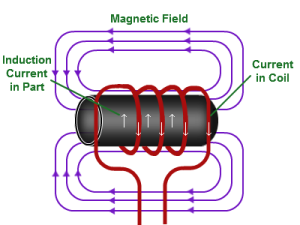Stead Fast Induction melting Furnace are designed for maximum electrical efficiency using heavy walled, high electrically conductive copper tubing. Stead Fast Engineers manufactures world class induction melting furnaces under the brand name 'STEFEN'. STEFEN Quick melt and Smart melt furnaces are designed to increase the customer’s profitability and improve his market credibility by minimizing down time. Stead Fast furnaces are designed to provide world class induction heating and melting solutions for both ferrous and Non ferrous with a great focus on customization so that every machine is nothing less than perfect.
Stefen Box Type Induction Furnace :
Stefen Steel Shell Type Induction Furnace :
Stefen Push-Out Furnace :
Stead Fast Engineers has a team of skilled engineers having vast experience and technical know-how in the induction field. With a wide range of products Stead Fast has emerged a pioneer in the induction world. for more product Details Visit : http://www.steadfastengg.com/
Stefen Box Type Induction Furnace :
- Available from 50kg to 1000kg
- Suitable for small and medium foundries for melting of ferrous and non ferrous material
- Rolled Aluminum side plates for better flux shielding
- Rigid Cradle Design
- High purity EC Grade copper coil for better efficiency
- Very easy to install, operate and maintain
- Negligible Breakdown
- High performance guarantee
Stefen Steel Shell Type Induction Furnace :
- Rugged and Heavy duty Steel frame provides tension free support to the coil
- Large Shunts made from CRGO imported steel provide low resistance flux path leading to higher efficiency
- Easy access to coil leading to easy maintenance
- 3D Designed and Load tested
- Optional Fume extraction system
Stefen Push-Out Furnace :
- Trouble free Operation
- For small capacity of 2kg to 50 kg
- Crucible is pushed out hydraulically in a smooth motion
- Compact system
Stead Fast Engineers has a team of skilled engineers having vast experience and technical know-how in the induction field. With a wide range of products Stead Fast has emerged a pioneer in the induction world. for more product Details Visit : http://www.steadfastengg.com/











